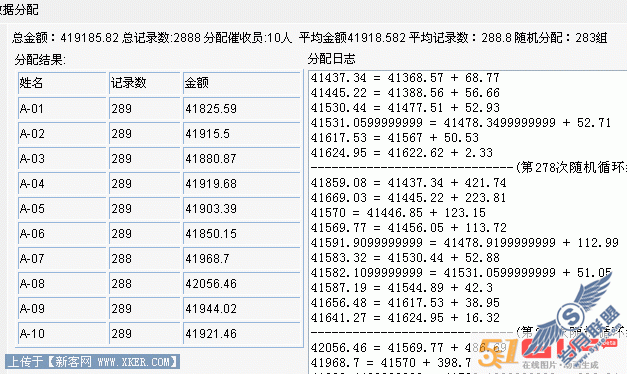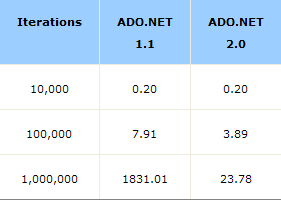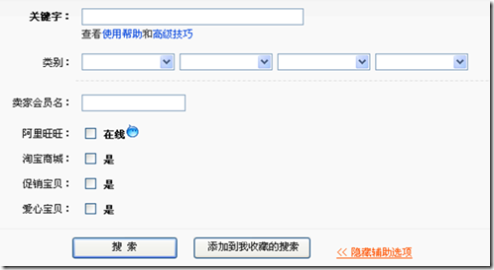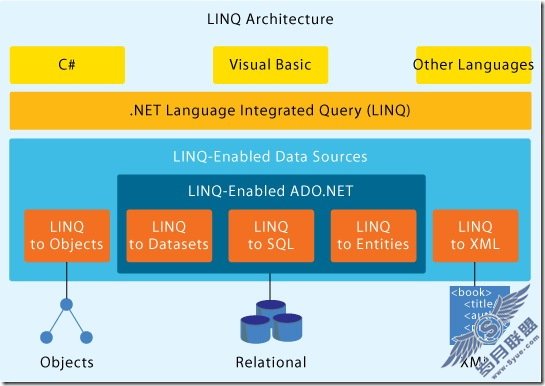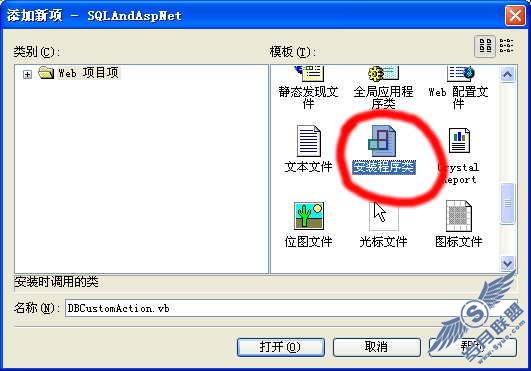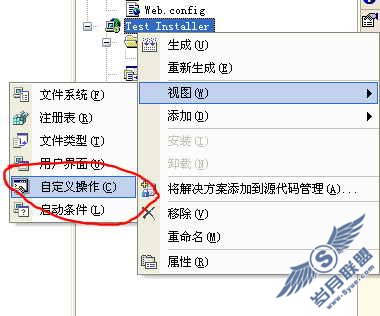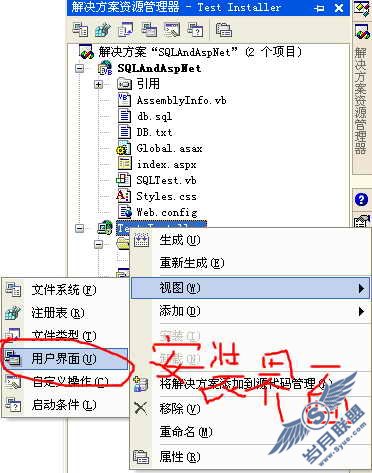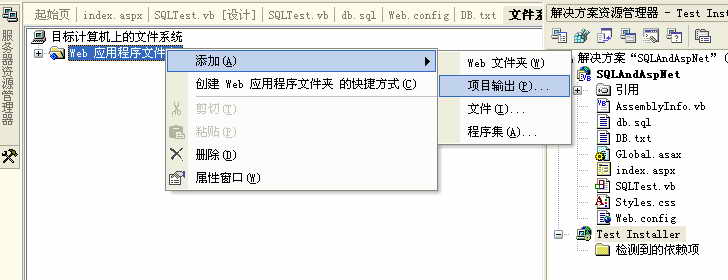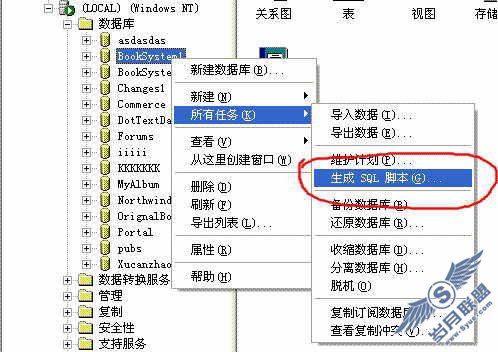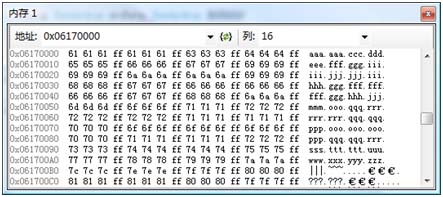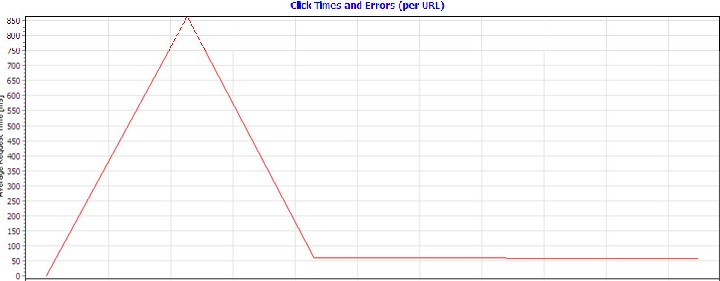ASP.NET的AsyncState参数讲解
来源:岁月联盟
时间:2009-07-22
ASP.NET的AsyncState参数讲解
这是因为默认的Model Binder无法得知如何从一个上下文环境中得到一个AsyncCallback对象。这一点倒非常简单,我们只需要构造一个AsyncCallbackModelBinder,而它的BindModel方法仅仅是将AsyncMvcHandler.BeginProcessRequest方法中保存的AsyncCallback对象取出并返回:
- public sealed class AsyncCallbackModelBinder : IModelBinder
- {
- public object BindModel(
- ControllerContext controllerContext,
- ModelBindingContext bindingContext)
- {
- return controllerContext.Controller.GetAsyncCallback();
- }
- }
其使用方式,便是在应用程序启动时将其注册为AsyncCallback类型的默认Binder:
- protected void Application_Start()
- {
- RegisterRoutes(RouteTable.Routes);
- ModelBinders.Binders[typeof(AsyncCallback)] = new AsyncCallbackModelBinder();
- }
对于AsyncState参数您也可以使用类似的做法,不过这似乎有些不妥,因为object类型实在过于宽泛,并不能明确代指AsyncState参数。事实上,即使您不为asyncState设置binder也没有太大问题,因为对于一个异步ASP.NET请求来说,其AsyncState永远是null。如果您一定要指定一个binder,我建议您在每个Action方法的asyncState参数上标记如下的Attribute,它和AsyncStateModelBinder也已经被一并建入项目中了:
- [AttributeUsage(AttributeTargets.Parameter, AllowMultiple = false, Inherited = false)]
- public sealed class AsyncStateAttribute : CustomModelBinderAttribute
- {
- private static AsyncStateModelBinder s_modelBinder = new AsyncStateModelBinder();
- public override IModelBinder GetBinder()
- {
- return s_modelBinder;
- }
- }
使用方式如下:
- [AsyncAction]
- public ActionResult AsyncAction(AsyncCallback cb, [AsyncState]object state) { ... }
其实,基于Controller的扩展方法GetAsyncCallback和GetAsyncState均为公有方法,您也可以让Action方法不接受这两个参数而直接从Controller中获取——当然这种做法降低了可测试性,不值得提倡。以上介绍ASP.NET的AsyncState参数
